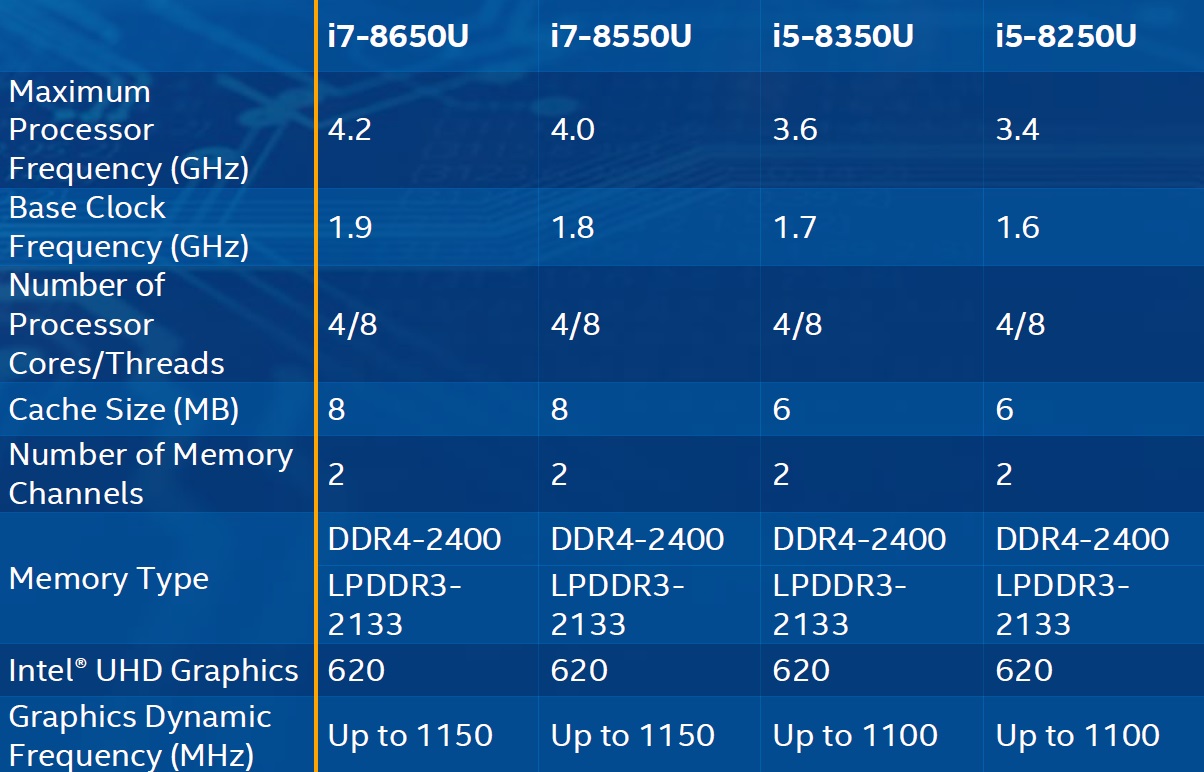
“The pace of innovation in the tech industry never ceases to amaze me. If you go back even five years, a ‘thin’ laptop was still more than 20 mm, 4K content was only starting to take off and Oculus was kicking off its Kickstarter campaign. Compare that with today. Laptops are less than 11 mm, 4K content is pervasive and, with the advent of Windows Mixed Reality, VR is being baked right into the operating system people use every day,” says Gregory Bryant, senior vice president and general manager of the Client Computing Group at Intel Corporation .
Intel is pushing the limits with its new 8th Gen Intel Core processors, including the Kaby Lake architecture and 14nm+ process technology, announced today. This new generation delivers platform-wide improvements that embrace and enhance existing and new experiences – from 4k to VR and beyond – and make them more accessible to everyone.
The company is starting the roll out of its 8th Gen family today, beginning with a range of mobile processors designed specifically for thin and light premium notebooks and 2-in-1 devices.
This new mobile family sets the bar for performance, including a boost of up to 40% gen over gen – and that jumps to twice if you compare it with a five-year old machine. This is all thanks to a new quad core configuration, power-efficient microarchitecture, advanced process technology and a huge range of silicon optimizations.
These improvements also open the door to richer, more immersive entertainment, and an experience that is optimized for simplicity. All this is brought without compromising battery life.
The first wave of 8th Gen Intel Core-powered devices featuring i5/i7 processors will come to market beginning in September and it is expected more than 145 designs will be available to choose from. The company will continue the roll out of its 8th Gen Intel Core processors through the coming months, with the first desktop processors coming later in the year, followed by processors for enterprise customers and a broad range of other options purpose-built for different segments. The 8th Gen family will also include some of Intel’s first 10nm products in the future.
